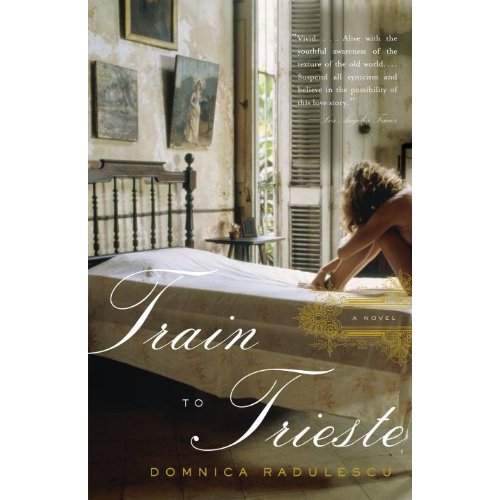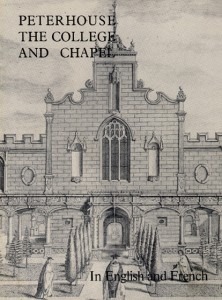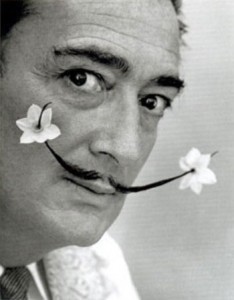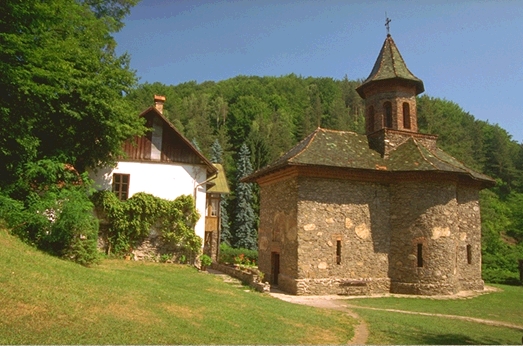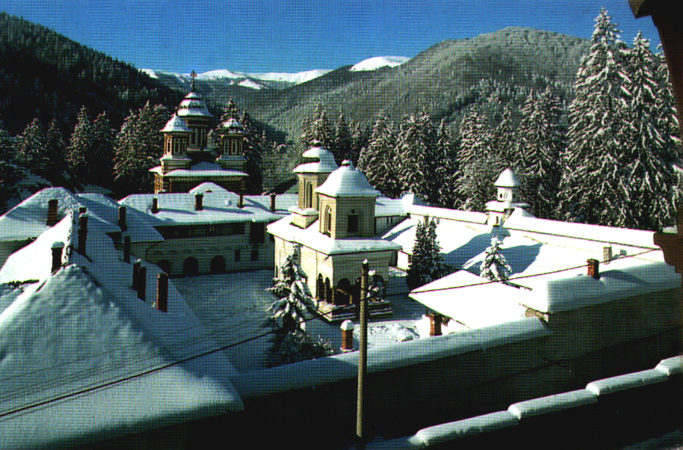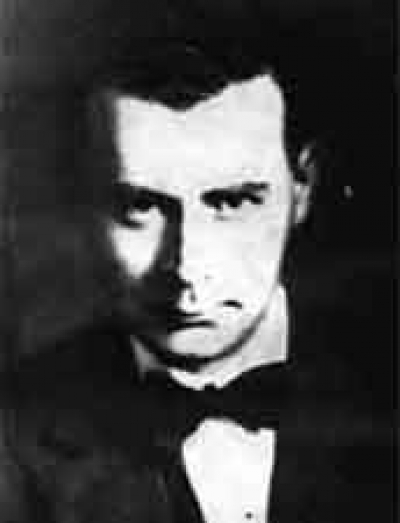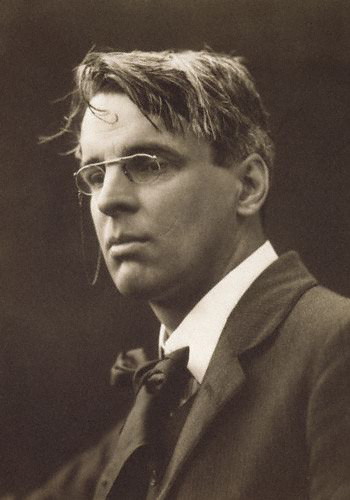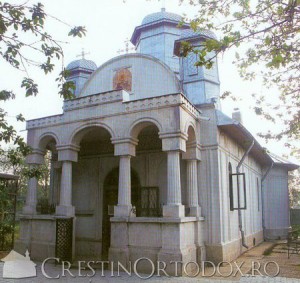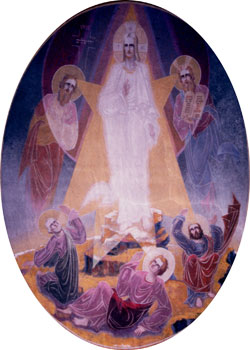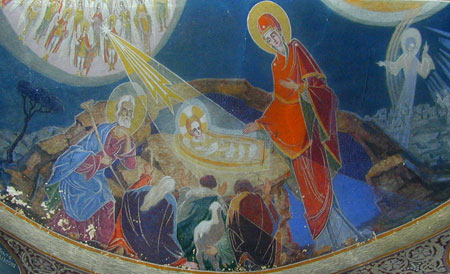Centre for Romanian Studies (CRS):
The city of Trieste, which appears in the title of your novel, Train to Trieste, is the place intimately associated with the great Irish exile James Joyce who had confessed: “For myself, I always write about Dublin, because if I can get to the heart of Dublin I can get to the heart of all the cities of the world. In the particular is contained the universal.” Could one reasonably assume that likewise, yourself, as an uprooted writer, the Romanian backdrop will be, in one way or another, an exotic theme of your books?
Domnica Radulescu (DR):
No, I don’t think one should assume anything when it comes to the creative imagination and a writer’s sources of inspiration. For my first two novels, yes, indeed Romania was very much at the heart of not only the backdrop but the forefront and substance of the novels. I suppose I had to purge that reality. Not so for my third novel which I am I the process of writing and in which Romania is not present. However, I will say that it is the experience of exile and immigration that marks and even defines not only the substance but also the aesthetics of the exiled writer. Also, I do not like the notion of the exotic as a subject or backdrop of fiction. I think the “exotic” turns people and places into “Others” either idealizing or demonizing them and impoverishing the actual humanity and richness of the experience of a culture, place, people.
CRS:
In the structure of your novel – Trieste features as a kind of door opening to the West from a country where people could hardly ever dream of escaping to freedom. Yet, by the same token the short chapter on Trieste serves as a kind of door hinge between two perfectly symmetrical and yet very complementary body parts, like two dyzogotic twins of your narrative -‐ to begin with the Romanian story followed by a counterweight which is the American story. Yet these two opposites remain gelled together by the constant flash-‐backs to your home country, until the full circle is complete and the loop is closed. Why did you find it necessary from a constructive point of view to end at the very point where you started your journey?
DR:
It just felt necessary for my protagonist Mona to close an existential circle and to have that closure of finding out what her youth, first love and experience of growing up in Romania had really meant after having taken such a radical distance from them through her act of leaving and settling in America. Aesthetically too, it felt right to have a departure and a return which is to be followed also as the book suggest towards the end by the return to her adoptive home of America. Transformative journeys are often circular and involve this back and forth rhythm.
CRS:
A Romanian –Argentinian novelist, Alina Diaconu who writes in Spanish, albeit of a Rio-‐de-‐la Plata variety, places her females as central characters of her books: in the United States where Academic chairs of Hispanic Literature study the work of Ms Diaconu from a feminist angle, caused this lady to reject such label: would you feel likewise if you were branded the same? Do you feel an empathy with the feminist slant or might you consider it a stereotype?
DR:
I have to ask what “slant” and what “stereotype?” The one about feminists being humorless angry men-hating females? Who created that stereotype? I believe it was the men and women who were afraid of the idea of women being self-determining emancipated fully grown individuals having the “audacity” to ask for equal rights. I am proud to call myself a feminist and even a radical feminist at that. I also find it ironic and disingenuous when women professionals and intellectuals of some accomplishment so vehemently refuse to assume the feminist stand when they are enjoying all the rights that say the second wave feminists of the seventies got for them. To not recognize that gender inequity still exists is like denying the Holocaust. Women are still victims of rapes, physical violence, rape as genocide, genital mutilations, honor killings, and in the best of the Western world, still paid less then men for the same work, excluded from histories, portrayed either as idiotic bimbos or raging bitches on the screen, and still in the US one out of four women is a victim of rape. Yes, my novels too are feminist novels in that they give voice to empowered female protagonists creating and recreating themselves, searching for personal and professional fulfillment, and telling their own stories.
CRS:
On the cover of your paperback edition there is a suggestive picture of a young lady crouched on her bed …have you had a say in this choice and do you think in itself it had increased the sales of your book, by titillating the appetite of a potential reader?
DR:
That cover was the invention of the German publisher/designer for the German edition published in 2009 and then the British and the paperback US took it. I like that cover a lot, I think it’s my favorite, not necessary because it portrays the woman in bed but because it is evocative, mysterious, atmospheric, without being in bad taste. And if it has “increased the appetite” of some potential reader, good for it.
CRS:
Most of Romanian exiles who are acknowledged as international ‘greats’, Cioran, Anna de Noailles, Marta Bibescu, Horia Vintila wrote directly in the language of their adoptive country, yet the native Romanian officials together with a raft of native critics considered this practice ‘disloyal’. The young Elena Vacarescu who received a prestigious French Prize for her poems was reviled, back in Romania, even before 1900. She returned only to be exiled again, yet she desperately loved her country wherever she was. Two generations later, under Communism, the official critic George Calinescu in his opus on the “History of Romanian literature” dismissed Anna de Noailles as “unpatriotic” for not writing in Romanian… Even as recently as two years ago a director of the Romanian Cultural Institute in Paris refused a Romanian author financial help for the translation of his book simply because this was written in a foreign language therefore stating that it did not qualify as Romanian (sic). We know that this seems bizarre and nonsensensical. Your choice of writing in English is clear and I for one I think it a great help in ‘putting Romania on the map’, very much as Panait Istrati or Anna de Noailles did it before the WWII and many other exiles since – what are your views on such criticism? Do you find it justified?
DR:
I frankly don’t care much about such criticism nor do I pay much attention to it. I think a writer can write in any language under the sun she/he chooses and throughout history writers wrote in different languages, not always their first native or maternal languages. I left Romania for the United States in order to start a new life, a new me, a new destiny, when I was quite young. It felt like the most natural thing in the world to write in the language of the country in which I have been living for a quarter of a century. Besides I adore writing in English more than in any other language.
CRS:
On the occasion of the Award of the Nobel Prize for Literature to Herta Muller much debate and controversy was stirred in the Romanian society about the Romanianness of a German ethnic born in Romania, who lived in Berlin and wrote in a foreign language… Some critics went even further as to suggest that one of the reasons why Romania may have been overlooked by the Nobel prize committee is the paucity of Romanian novels translated in languages of international circulation: do you find such suggestion justified?
DR:
I don’t know, again I don’t care much about such issues as someone’s “Romanianness” or “Frenchness,” and I think it’s silly of critics and the media to worry about things like that; the reason they do is because there is such a need to pin and label writers and place them in boxes of ethnic, national, linguistic affiliations. Maybe Romanians should do a better job at translating their own literature in other languages.
CRS:
As a writer of your generation you were I believe too young to be required in your home country to produce a script of any kind with a prescribed political message: by this I mean that each author was expected to deliver what was dictated in the communist speak as arta cu tendinta. On reviewing your book I said earlier that your novel was in effect an induction course in Political and Social History of life under Communism, two books for the price of one. I am still of the opinion, whether you may agree with me or not, that your fiction whilst preserving unblemished its literary artistry is in a way like a textbook of social history leading the reader through the meanders of every-day life in a dictatorship. Owing to you, as a novelist, the uninitiated Western reader gradually discovers the Kafkaesque reality of life in a communist society. Admitedly this was done before especially about life in Latin American countries under a right-‐wing dictatorship and a lot more in novels and movies about nazi-‐occupied Europe. However, with few exceptions beyond Solzhenytsin, Kundera and more recently Herta Muller very few authors chose as a subject life under communism. By contrast your novels offer a unique learning curve of life behind the Iron Country: was this social slant your point of departure from the outset or was it rather a by-product as you unfolded your story, a natural and unavoidable luggage that you took with you?
DR:
I just wanted to tell that particular story, that love story that happened to take place in those historical conditions under those political circumstances and it is all interconnected: how the characters lived under the conditions determined also how they loved and behaved in their personal relations, how they thought, and the choices they made. It seemed to me unavoidable that if I was going to place my story in that country and in those times the book was going to also have a strongly political dimension. Also, I started off with the idea of blending love and politics, largely from a life-long fascination both with the diverse ways that history and political upheavals affect, transform, or dislocate personal lives and with the equally diverse and intense ways that people continue to live, love, imagine and create under even the harshest of political conditions.
CRS:
Having read your book, what impressed me is that in spite of the dreary background of life under Communism and unlike Herta Muller, in your narrative there is an all pervasive, if somewhat muffled joie-de-vivre: this is the refusal of a young ordinary young girl of accepting to be snuffled out by an oppressive regime: this makes for an exhilarating excursion in the communist hell and personally I found this construct inspired: was this a deliberate act on your part, as a writer, or might you say that it rather reflected a personal attribute?
DR:
Both. I am myself a life loving and life affirming person but I also deliberately wanted to show that even living under a dreary dictatorship, we lived intense and rich lives, we loved, we danced, we tried to immerse ourselves in nature, we read interesting books and we even laughed a lot. In fact precisely because of the dreariness of the regime often small details and sensual or intellectual experiences acquired a heightened degree of intensity.
CRS:
I believe in your University curriculum in the States you teach French or francophone literature: are any of he Romanian francophone writers of International repute such as Eugene Ionesco, Cioran or Panait Istrati ever considered in such studies?
DR:
When I teach French theater, I do teach Eugene Ionesco, and more recently Matei Visniec.
CRS:
Your academic profession is a necessary oxygen line – to what extent your professional duties compete with your creative plans? Is there a happy compromise between the two? Has your literary success contributed to your academic standing? And have your novels contributed to ticking off so many more boxes on the snake-an-ladder board of academic achievements?
DR:
I try to keep that happy balance as much as I can, but often it is very hard, as indeed the demands of my job can be overwhelming time and energy wise and stand in the way of my continuing growth as a writer. On the other hand, being in the academic world, having contact with young and eager generations of students, working with ideas and books and art and people who love ideas and books and art is also very stimulating and even necessary. Besides, the academic life style is a good life style at least in the United States and it’s a good way of earning a living.
CRS:
Would you like your books to be translated and published in Romania?
DR:
Train to Trieste has already been translated into Romanian and published by Tritonic press in 2008.
CRS:
What would be your advice to a budding uprooted writer, trying to make for himself/herself a reputation in its adoptive country, in a language and a country very different from their own?
DR:
I think such a writer should make a richness and an advantage out of their uprootedness, explore it and channel it creatively as much as possible until she/he makes of that country her/his own country and until, like the character of my novel, she/he becomes her or his own country. And I think they should be unafraid to tell their stories in whatever language feels right to them.
CRS: Thank you for your time and also thanks so much in offering the Centre for Romanian Studies (London) your views as a writer and the chance of a privileged insight in the philosophy of your book.


